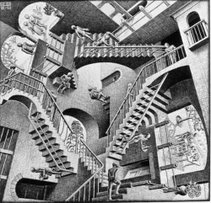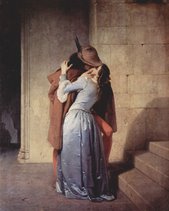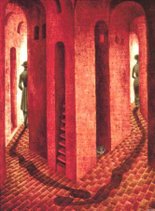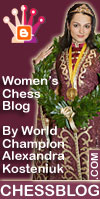
What is the name of the ˇ we use to place over some letters when doing phonetic transcriptions?
It appears, for example, in š and ž. But how is it called?
Some people call it a wedge, an inverted circumflex, an inverted hat.
It indeed looks like an inverted circumflex. Compare: ĉ and č.
The circumflex, ˆ, is a diacritic mark used in written Croatian, French, Frisian, Esperanto, Norwegian, Romanian, Slovak, Vietnamese, romanized Japanese, Welsh, Portuguese, Italian, Afrikaans, Turkish and other languages. It received its English name from Latin circumflexus (bent about, a translation of the Greek περισπωμένη).
But its name is not that of "inverted circumflex". That is a useful description only.
Some could think it is a breve. Compare: ă and ǎ. I can't say "they are clearly different". And that's why I am using a bigger font to show the difference.
A breve, ˘, (from Latin brevis, "short, brief") is a diacritical mark shaped like the bottom half of a circle. It is often used this way in dictionaries and textbooks of Latin, Ancient Greek and some other languages, such as Tuareg. In the Cyrillic alphabet, a breve is used for Й; in Belarusian, it is used for both the Cyrillic Ў and in the Łacinka Ŭ; in Esperanto, it is used for the consonant Ŭ. It is also used in Romanian, Azerbaijani, Tatar, Turkish and Vietnamese.
The ˇ is used in Pinyin for Chinese to represent the falling-raising tone (the third tone for Mandarin). In the transliteration of Thai, it represents the raising tone. It appears in Finno-Lappic languages that use the Latin alphabet (like Estonian, Finnish, Karelian and some Sámi languages), and in some Baltic and Slavic languages.
The typographical name of ˇ is caron. This name is believed to be derived from the union of the words caret and macron.
In Slovak it is called mäkčeň (i.e. "softener" or "palatalization mark"); in Slovenian, strešica ("little roof") or kljukica ("little hook"); in Croatian and Serbian, kvaka or kvačica (also "small hook"); katus ("roof") in Estonian; and hattu ("hat") in Finnish.
But the important name is in Czech. In Czech, it is called háček ("little hook"), the diminutive form of hák. The plural of háček in Czech is háčky.
Why is it important the name in Czech? Well, the caron is also used in the International Phonetic Alphabet and in the Americanist phonetic notation. And linguists tend not to call it caron, but háček.
If you look for háček in an English dictionary, you'd come with a definition like this:
A diacritical mark that resembles an inverted circumflex and is used over certain letters to indicate quality of pronunciation.The háček evolved from the dot above diacritic (as from the form ż in Polish), which was introduced into Czech orthography (along with the acute accent) by Jan Hus in his De Ortographia Bohemica in 1412.











No comments:
Post a Comment